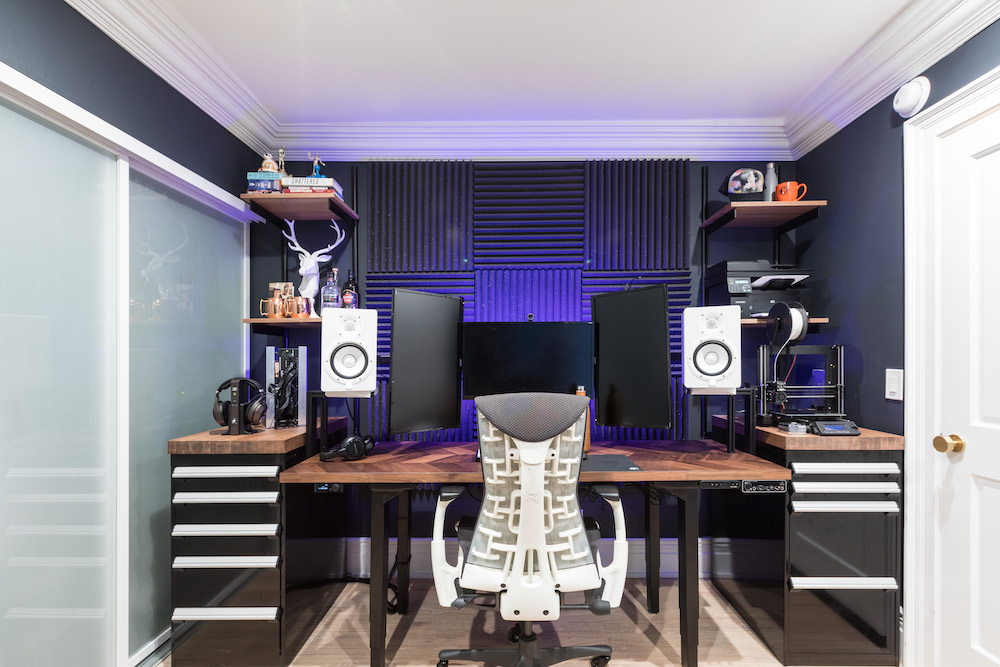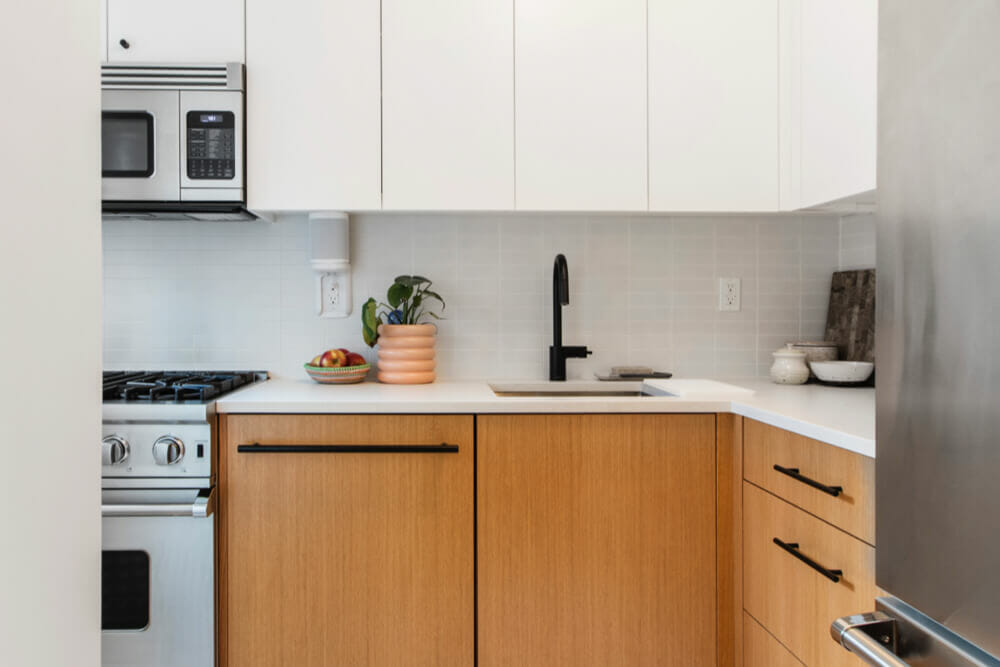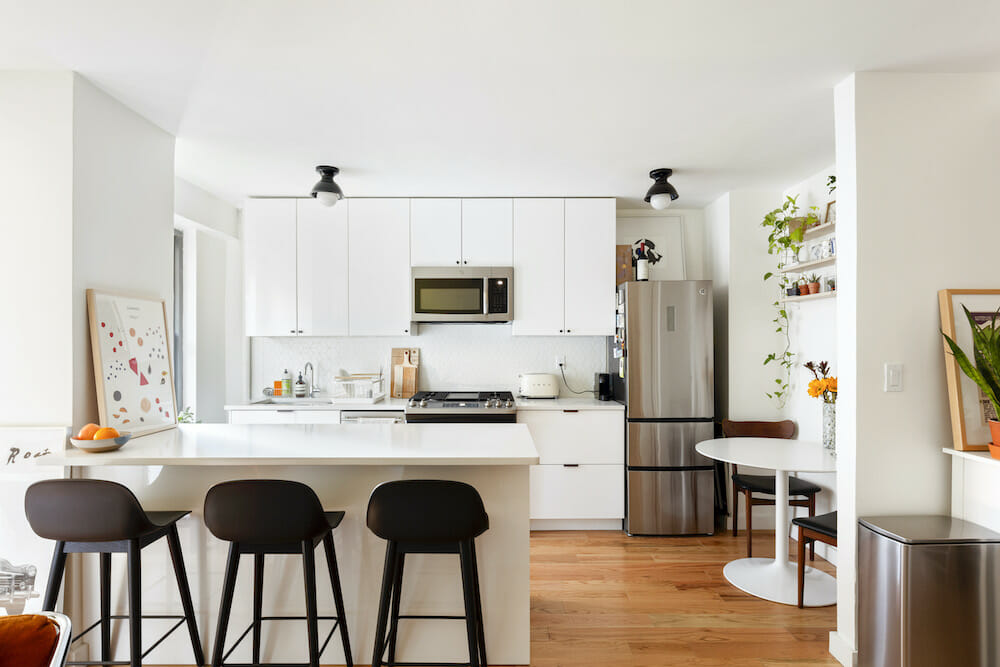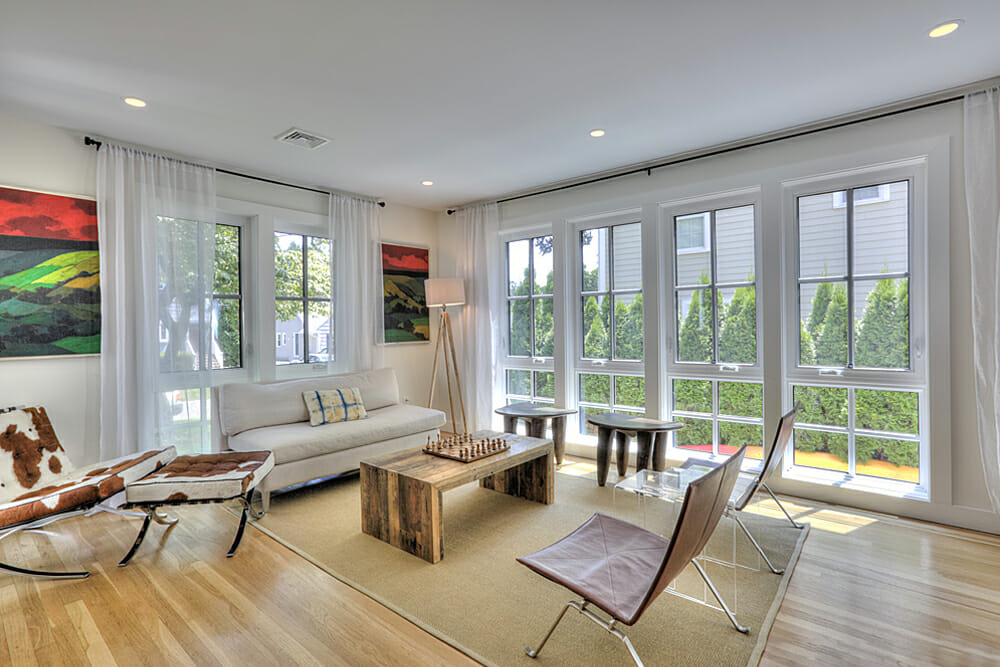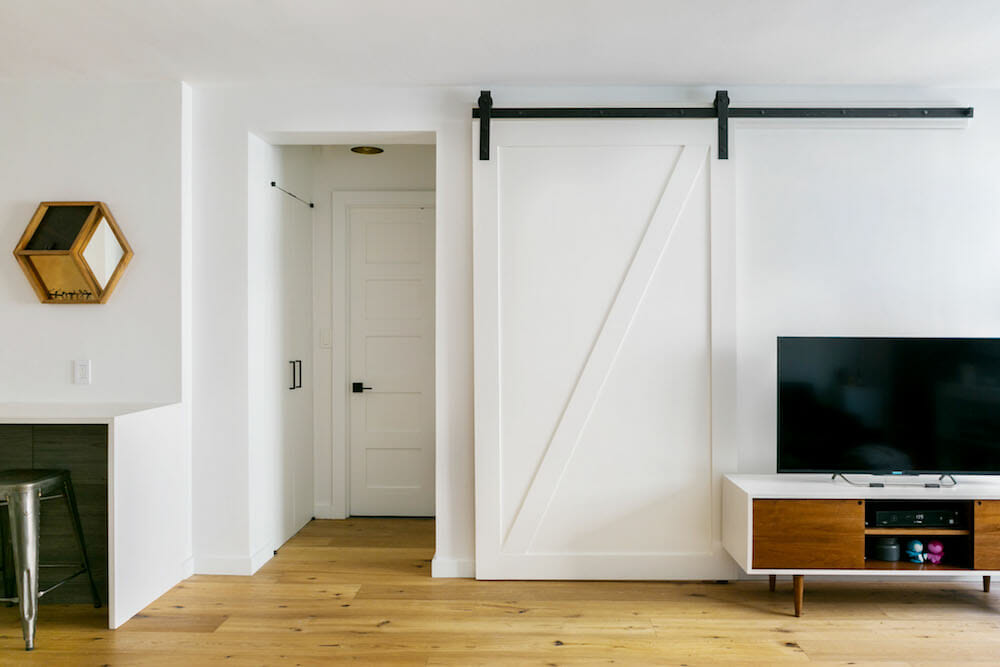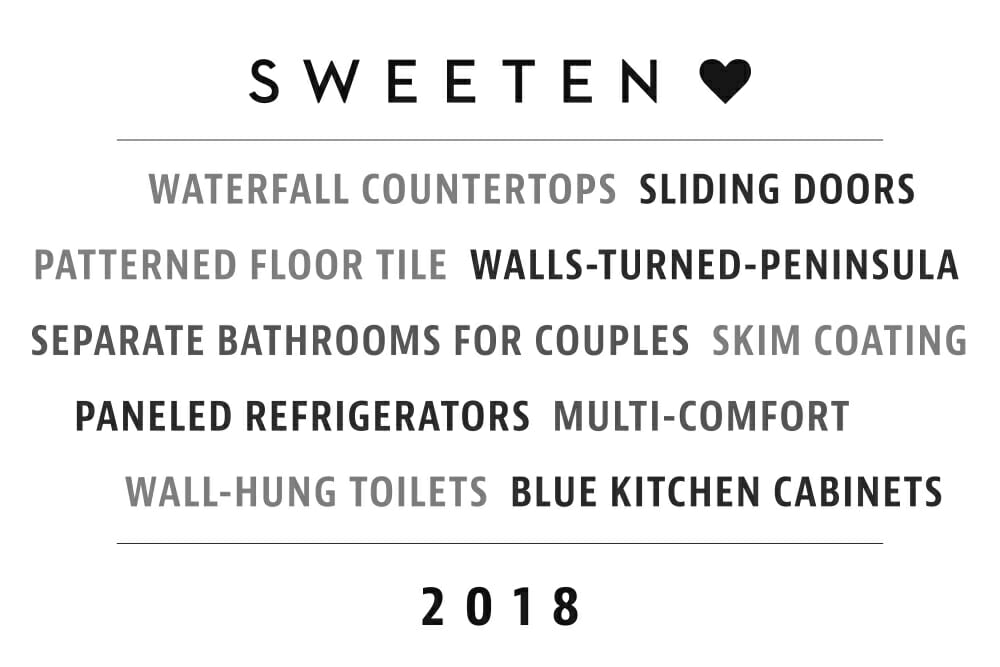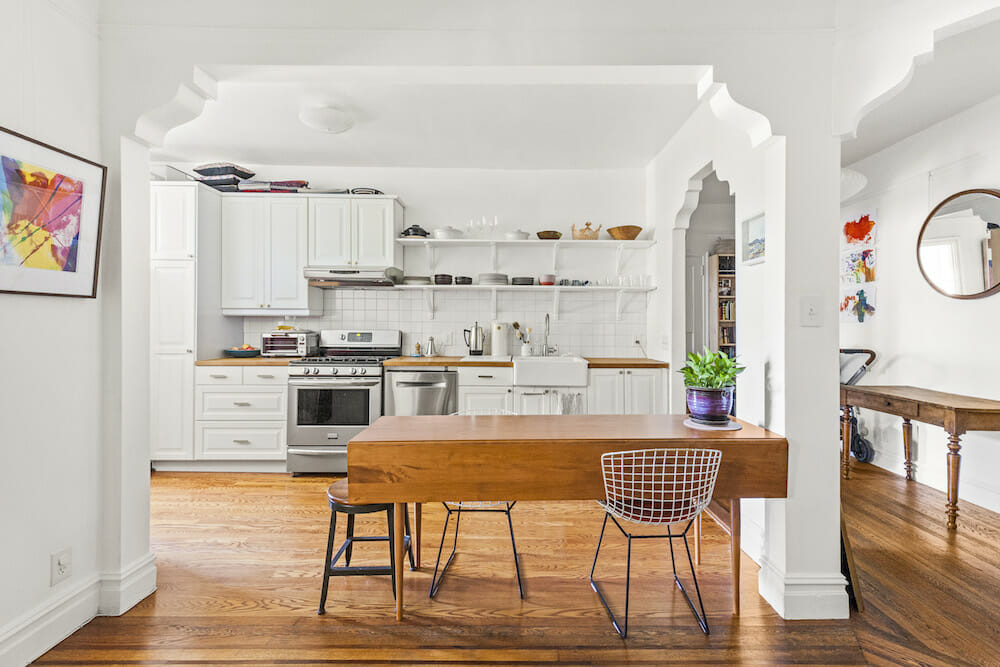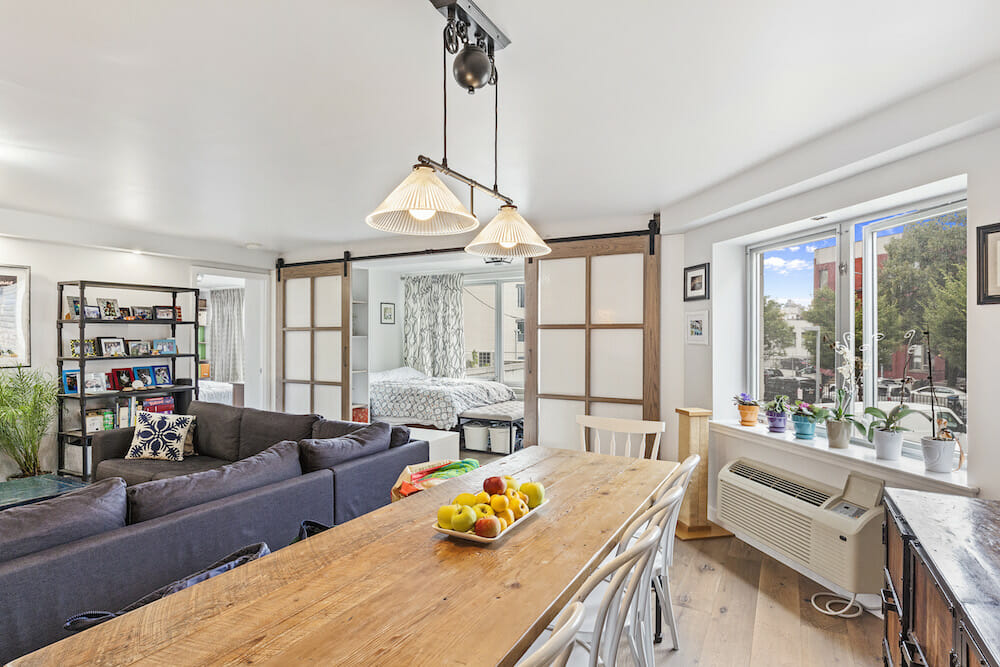How to Choose Interior Doors—from Closet to French Doors
Interior doors in need of a refresh? Narrow your options with style, features, function, and weight
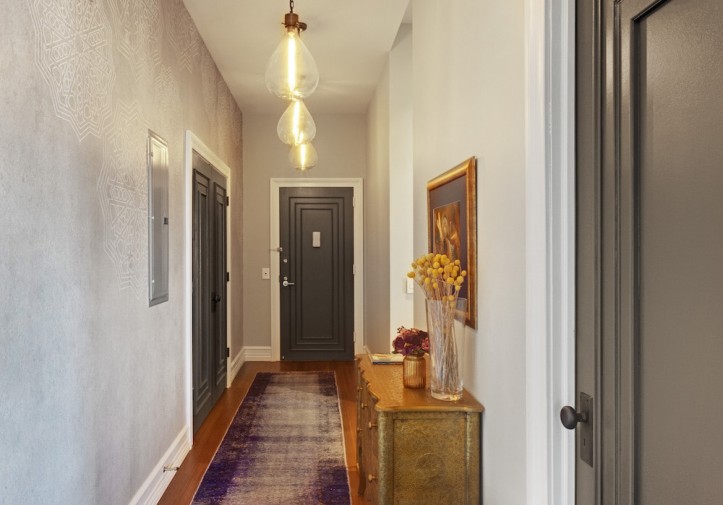
Although open-concept living has become the norm, most homes still need a few doors here and there to provide privacy and to delineate spaces. And while you might not have given it much thought, there’s a lot to consider when choosing interior doors. Read on for an in-depth look at the right questions to ask, material and feature options, and the costs associated with inside entryways.
Factors before buying interior doors
Interior door soundproofing
This may vary depending on the location and the kind of spaces that need to be closed off. Interior doors come with a “sound transmission class” (STC) rating, which measures the level of sound loss. The higher the number, the greater the sound buffer.
Are you painting or staining your interior door?
Your answer will help you narrow down the type of materials you consider, since only certain types can be stained (see below). If you plan to paint, you can choose from the full range of options.
Do you need a door slab or a pre-hung door?
This depends on whether there is an existing frame: a slab is the door itself, and a pre-hung includes all of the installation parts, including the frame, hinges, and knob. Slabs are cheaper.
Simple styles are easier on budgets
Simpler styles tend to be less expensive (think minimalist slab versus ornate multi-panels) when all else is equal.
Costs for interior doors
Interior door costs span as low as $25, to a headier $1,000 or more; so having a target budget will narrow your field to a more manageable set of choices.
Interior door materials
Several kinds of materials are available to achieve the practicality and the look that you want. In rough order of cost from least to most expensive, doors can be hollow core, solid core, solid wood, or metal. Within the selection of both hollow core and solid core, there are molded or MDF options. Sweeten brings homeowners an exceptional renovation experience by personally matching trusted general contractors to your project, while offering expert guidance and support—at no cost to you. Renovate to live, Sweeten to thrive!
Hollow core interior doors
This means that the interior of the door is filled with cardboard baffle or another similar light material. Given the inexpensive construction, they are very affordable but do little to prevent any sound transfer or provide insulation. They are not optimal for fire safety, and are easily dented but good for paint-grade applications. Starts at $25.
Solid core interior doors
These doors are made of composite wood on the interior, with a wood veneer on the exterior. Composites are extremely dense, and therefore heavier than a solid wood door. High-density limits sound transfer, making them an excellent fit for bathrooms and bedrooms. Sometimes, a solid core door can be made of a single slab of more affordable wood, such as pine, that is faced with a more expensive wood, such as teak. Other notable qualities are their durability and weather resistance. Solid core doors can be painted or stained. Starts at $50, but averages around $200.
Molded doors
These doors are created from fiberglass or wood byproducts that have been molded to look like wooden doors. They can be either hollow or solid core. Good for painting, but not suitable for staining. Ranges from $20 to $150.
MDF doors
Medium-density fiberboard (“MDF”) is an engineered wood product. Generally considered higher quality than molded doors, they are also heavier, block sound better, and come in either hollow or solid core. Also good for painting, but not suitable for staining. Starts at $30.
Solid wood interior doors
This type of door is made entirely from natural wood. Depending on the species of tree, the wood can range widely in terms of sound transfer. Pine, for example, is lightweight compared to mahogany, which is very heavy, and thus a sound-deadening option. They tend to be the most expensive option and can be more customizable. They are more susceptible to changes in climate. Solid wood is easily painted, stained, or left as is for a more rustic look. Starts at $100, but averages around $500 to $1,000 for quality hardwood.
Metal interior doors
Metal doors are rare for interiors, but are increasingly popular. They tend to be made of steel and glass and create an industrial or loft-like feel to separate an office or library space. They are the heaviest option and may even require reinforcing to make sure that the surrounding frame can withstand the weight. While they don’t dent easily, they do scratch. Metal can be painted. Starts at $100, but can run into the thousands of dollars.
Features and options for interior doors
Numerous configurations achieve different goals: some doors can accentuate a space while others minimize attention to an awkward spot. You can keep it simple with a single point of entry or double up for a more dramatic look.
The basic, single door
When going with a single door, you will need to decide how you want it to open (called “door handing”)—choosing from left-hand or right-hand options. Keep in mind that, to keep paths clear, doors should not open into hallways. This handy diagram tells you what is what (it can be kind of confusing!). Double doors are either center-swing or sliding.
Choose style and function for your door
You can also consider double entryways, commonly referred to as French doors, which have glass panes down their full length, a great option for connecting two rooms you might want to be open to each other. Other options are sliding features, like a sliding panel that slides across the surface of the wall behind it (and remains visible). Alternately, pocket doors disappear into the wall when opened. Bi-fold doors (also known as folding) are traditionally used for closet spaces, but glass versions can also be used to open a living space up to the outdoors. You could also opt for ones that are louvered, which allows air and some light to pass through its slats. And while not commonly seen in many homes, there’s no reason you couldn’t have a Dutch door in your kitchen! While these more unusual options will not be as effective at blocking sound transfer, they will certainly add more character than a typical single door.
Weight and size of interior doors
Lastly, in terms of dimensions, interior doors come in four levels of thickness and three widths. The thinnest is 1 3/8 inches, then 1 1/2, 1 5/8, with the thickest 1 3/4 inches. They range from 28 to 32 inches wide, and are usually 80 inches in height. Closet openings can be just 78 inches tall, so they will also usually be widely available. If you have a frame already in place, you’ll need to ensure that your new slab matches the existing dimensions.
Given the variety of options to choose from, first narrowing it down in terms of the most important criterion (such as soundproofing capability or cost) will help to streamline the process.
—
Find other ways to keep noise at bay in your home. Here, Deniz and Ramon decided to soundproof their floors and walls.
Sweeten handpicks the best general contractors to match each project’s location, budget, scope, and style. Follow the blog for renovation ideas and inspiration and when you’re ready to renovate, start your renovation on Sweeten.
